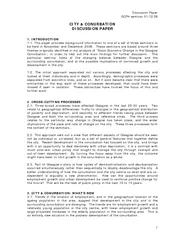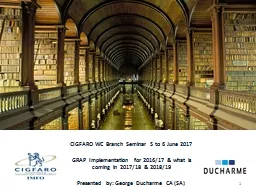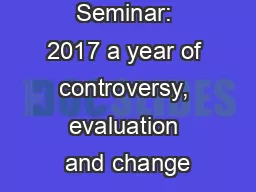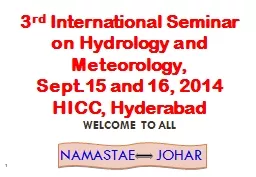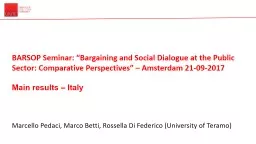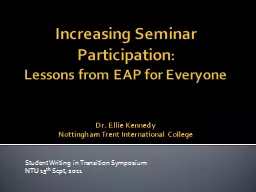PDF-Discussion Paper GCPH seminar
Author : marina-yarberry | Published Date : 2015-05-21
1206 CITY CONURBATION DISCUSSION PAPER 1 INTRODUCTION 11 This paper provides background informat ion to one of a set of three seminars to be held in November and
Presentation Embed Code
Download Presentation
Download Presentation The PPT/PDF document "Discussion Paper GCPH seminar" is the property of its rightful owner. Permission is granted to download and print the materials on this website for personal, non-commercial use only, and to display it on your personal computer provided you do not modify the materials and that you retain all copyright notices contained in the materials. By downloading content from our website, you accept the terms of this agreement.
Discussion Paper GCPH seminar: Transcript
Download Rules Of Document
"Discussion Paper GCPH seminar"The content belongs to its owner. You may download and print it for personal use, without modification, and keep all copyright notices. By downloading, you agree to these terms.
Related Documents

